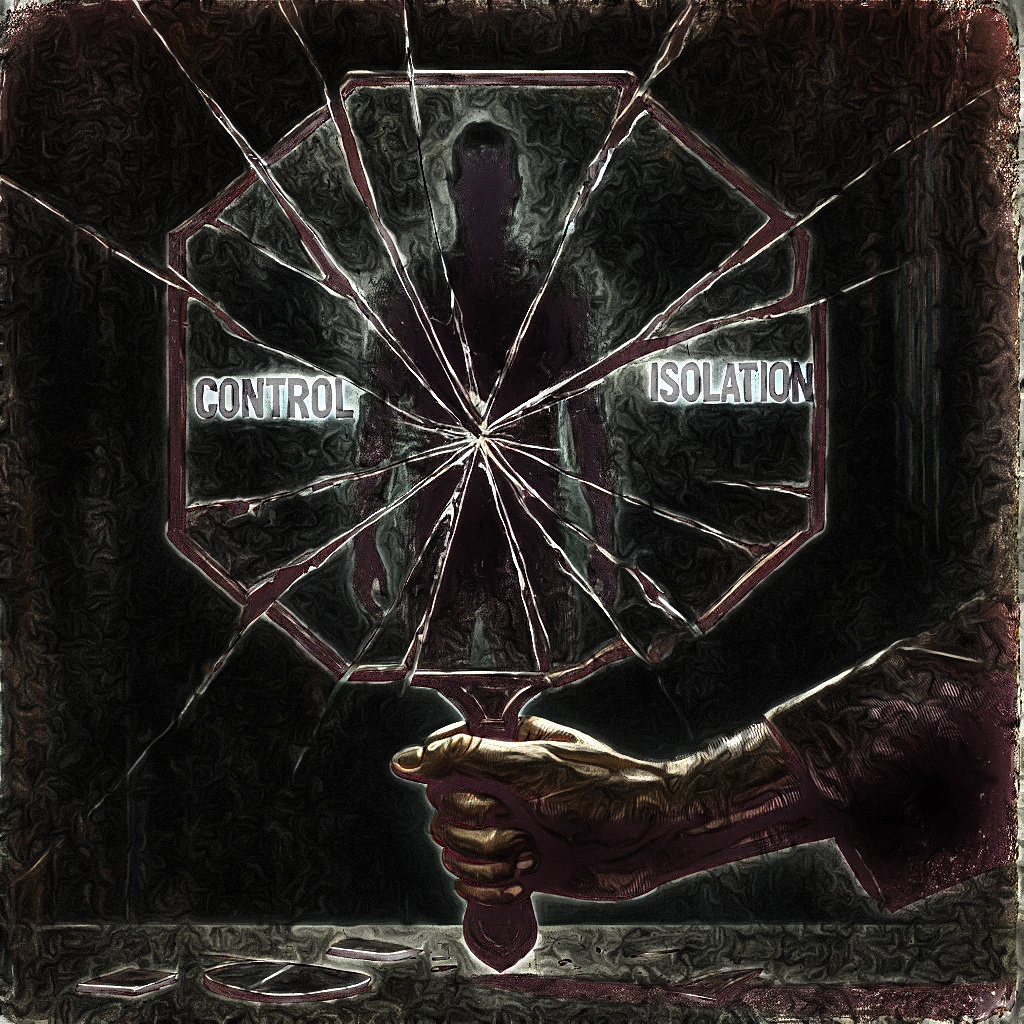Creative Colouring for Reflection: Geometric_Shapes_ArtworkVVV
In today’s ever-changing world, uncertainty has become a constant presence. From global challenges to personal transitions, learning to navigate these times with resilience and grace is essential. This blog outlines practical strategies to help you maintain balance and strength during turbulent periods.
Uncertainty disrupts our sense of control and predictability, often leaving us ungrounded. Yet, it’s a natural part of life. By acknowledging its inevitability, we can develop strategies to manage its impact, fostering a sense of stability amidst the unknown and empowering ourselves in the process.
Resilience begins with a shift in perspective. Focusing on what you can control and viewing challenges as opportunities for growth can foster hope and optimism, guiding you towards a more positive outlook. Simple practices like gratitude journaling or affirming positive thoughts can help you reframe difficult situations. A reliable support system of friends, family, or colleagues is invaluable during uncertain times. These connections provide emotional strength, practical advice, and a reminder that you don’t have to face challenges alone.
Self-care is the foundation of resilience. Regular physical activity, a balanced diet, quality sleep, and mindfulness practices keep your mind and body in optimal condition. Setting aside time for hobbies or relaxation ensures you stay recharged and ready to face challenges.
Grace involves embracing life’s changes with an open mind. Acceptance doesn’t mean resignation but a willingness to adapt and find new ways forward. This flexibility can transform fear of the unknown into a sense of possibility. Extend compassion toward yourself and others. Recognize that everyone faces challenges, fostering empathy and a sense of shared humanity, creating a strong sense of connection during difficult times.
Practices like mindfulness, meditation, or connecting with nature help keep you centred. Whether it’s a walk in the park, yoga, or moments of stillness, these habits provide a sense of calm and perspective, helping you navigate life’s uncertainties gracefully.
Uncertainty is inherent in life but doesn’t have to feel overwhelming. By building resilience through positivity, support, and self-care and embracing grace through acceptance, compassion, and mindfulness, we can navigate challenges with strength and ease. Rather than viewing uncertainty as an obstacle, we can reframe it as an opportunity for growth and transformation.
With resilience and grace, we can face any challenge, ready to discover the possibilities that lie ahead.









